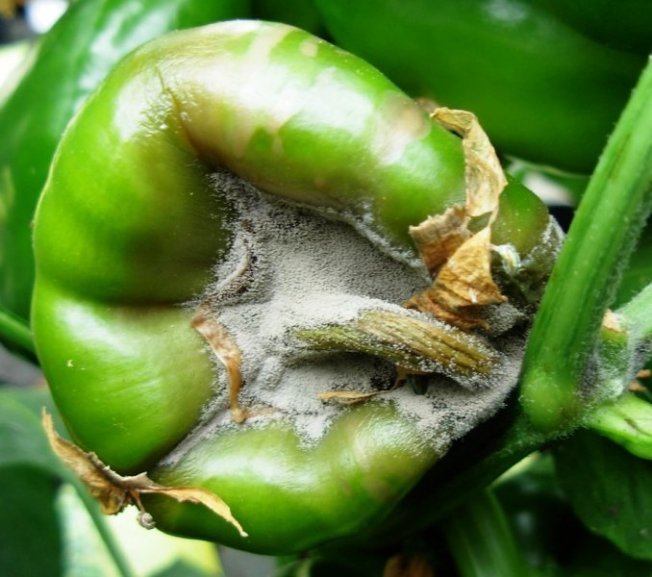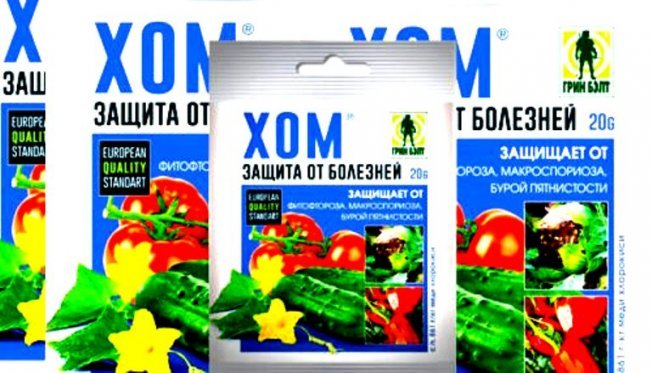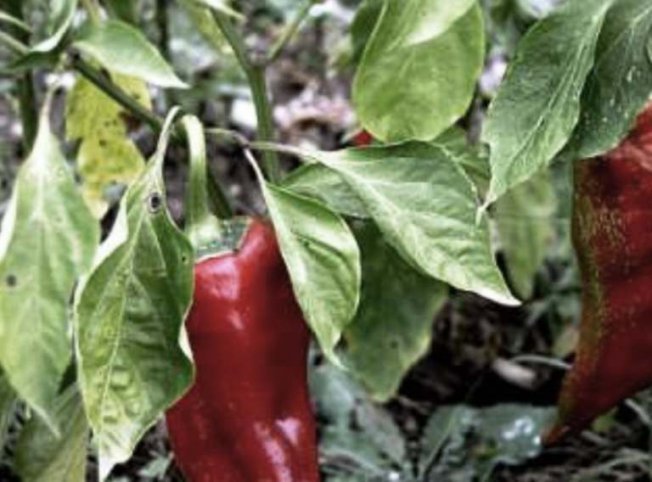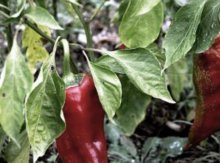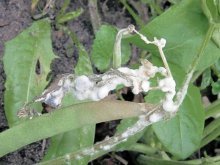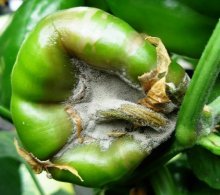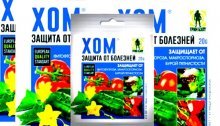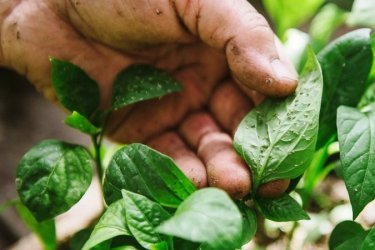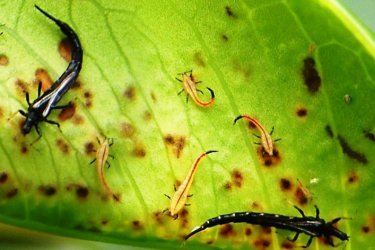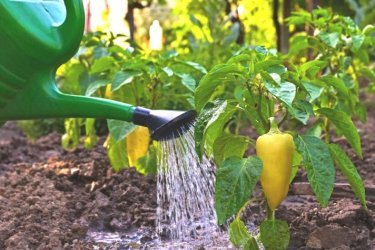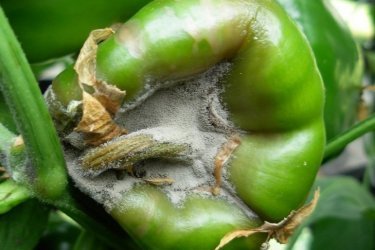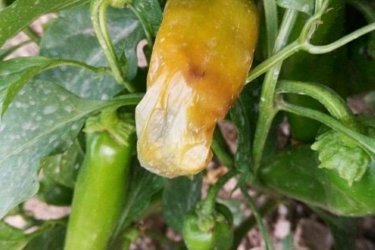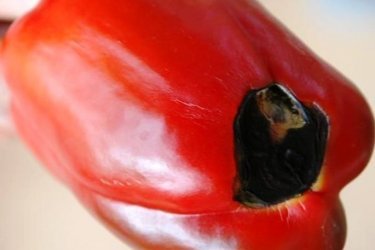White rot of capsicum, symptoms and treatment
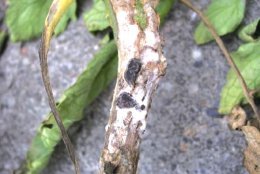
Sclerotinia, or white rot, can affect all types of capsicums, tomatoes and cucumbers, and other vegetable crops. The disease occurs quite often, so vegetable growers should carefully familiarize themselves with the methods of its treatment and prevention.
Content:
- White coating on pepper leaves and other symptoms of sclerotinia
- Ways of spreading the disease
- Effective means of combating white rot of capsicum
- Preventive measures
White coating on pepper leaves and other symptoms of sclerotinia
The causative agent of the disease is the fungus Sclerotinia sclerotiorum. White rot can affect the entire plant: its aboveground part and roots.
The lesion can be identified by the following symptoms:
- wilting of leaf tips;
- rotting of the root part of the stems;
- discoloration of leaves, formation of a white coating on them;
- On the surface of the stem, or when it is cut, black sclerotia of fungi may be visible.
Ways of spreading the disease
The development of the disease may contribute to stagnation of warm moist air, which is observed in greenhouses, or excessive soil moisture in hot weather and thickened plantings of red capsicum.
No less rapid development of fungi in storage facilities where recommendations regarding air humidity and temperature are not followed.
For the active development of the fungus and its spread, a temperature of + 12 + 15 C with a high level of humidity is sufficient.Temperature changes can also provoke the growth of fungi.
Effective means of combating white rot of capsicum
Plant protection specialists argue that the fight against sclerotinia can only be effective with an integrated approach.
Using effective chemicals alone cannot provide lasting results. Compliance with crop rotation, agricultural techniques for growing crops, and preventive measures are important.
Capsicum peppers, both sweet bell peppers and hot chilies, can only be protected by high plant immunity, which is developed with proper and timely care.
If the symptoms of white rot in pepper are already obvious, then you can try to eliminate the problem using a self-prepared remedy, crushed chalk mixed with a strong solution of potassium permanganate. Parts of the plant affected by the fungus are removed, capturing the edge of healthy tissue. Next, the affected areas are treated with the prepared mixture.
But it is recommended to resort to such an operation only in case of minor lesions. If the damaged areas are large, or there are many lesions, then it is best to remove the plant from the garden bed and destroy it.
Copper-containing fungicides can be used to treat peppers:
- copper sulfate and Bordeaux mixture;
- Hom and Oksihom;
- Abiga Peak and Roval.
They have proven themselves well in the fight against white rot of capsicum:
- Fundazol and Topaz;
- Previkur and Ordan;
- Acrobat MC and Topsin.
- Ridomil Gold, Profit Gold and Speed.
But all of these drugs can be addictive to pathogens, so it is not recommended to use any of them for several seasons in a row.
Let's watch a useful video about the pros and cons of the drug Fundazol:
Preventive measures
When growing peppers in greenhouses, first of all, you should pay attention to the quality of ventilation; too high humidity is a dangerous factor that can provoke the development of a fungal pathogen.
Fungal spores live in the soil, so it is recommended to disinfect the soil in the beds or in the greenhouse. The most effective remedies are solutions of Fungistop and Fundazol.
Pepper beds should be treated three days before planting seedlings.
Bell pepper or chili bushes should be arranged according to the scheme developed by agronomists. Plants growing in close quarters will sooner or later be affected by fungal diseases.
Help keep your bushes healthy:
- thorough removal of weeds from the beds;
- treatment of plantings from pests and diseases;
- use of warm water for irrigation;
- removing affected bushes from the area and burning them;
- thoroughly cleaning the beds in the fall from remnants of vegetation and digging up the soil.
The place for storing the harvested crop must be periodically disinfected; fruits for storage should be selected exclusively healthy, without mechanical damage.
Timely treatments with fungicides and preventive measures will help to avoid damage to capsicum peppers by white rot.
Pests


